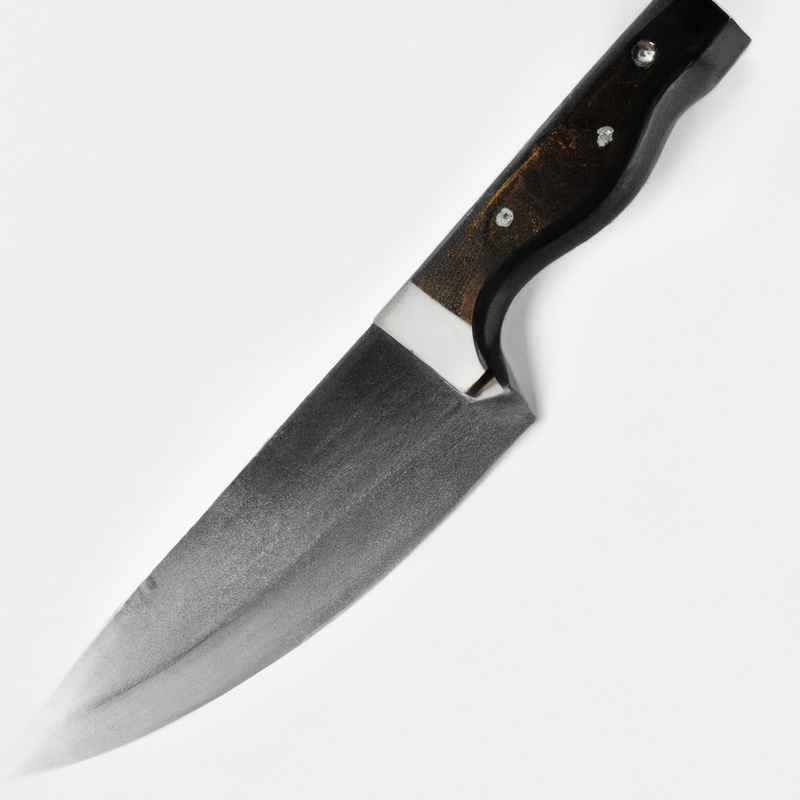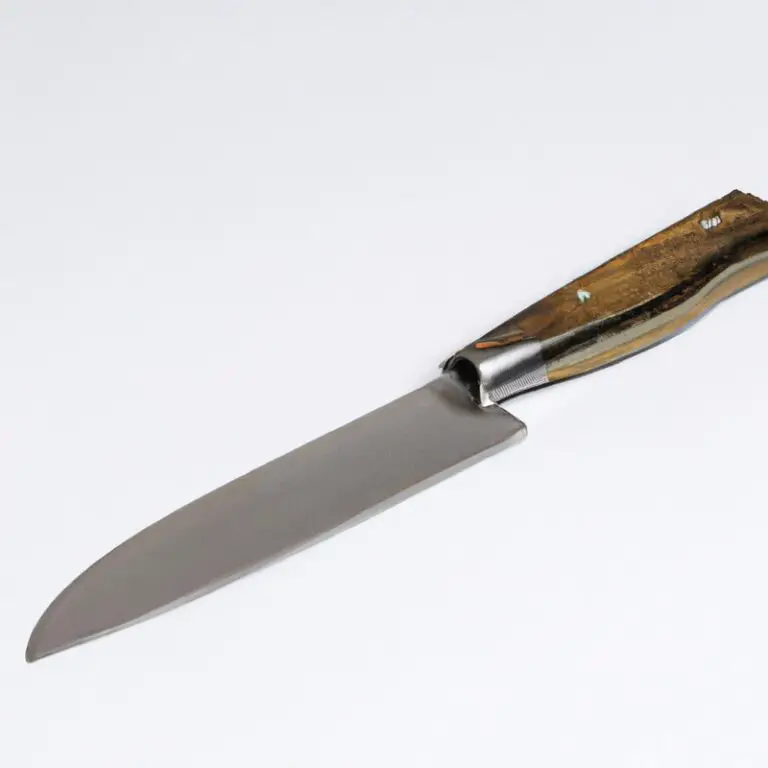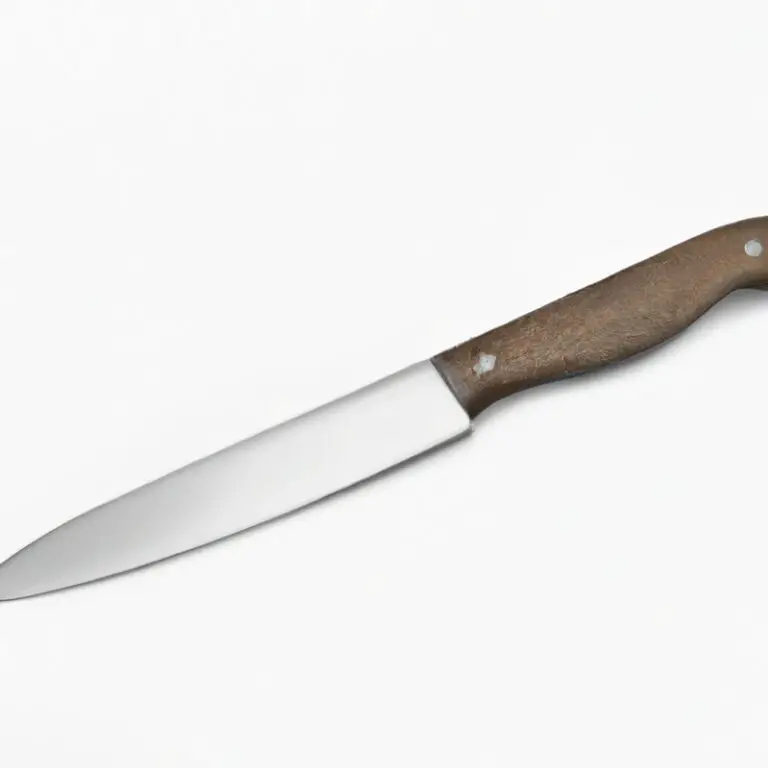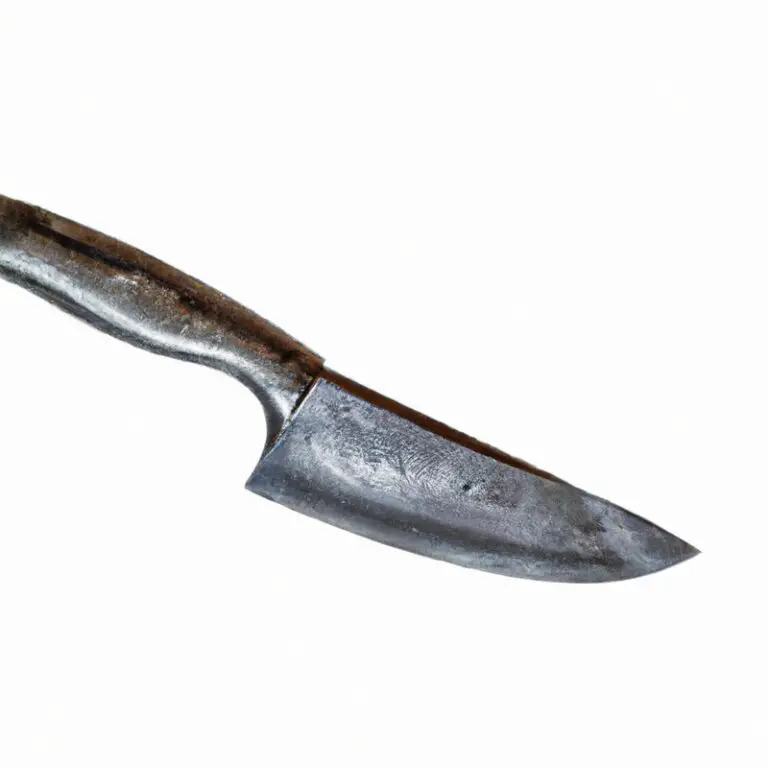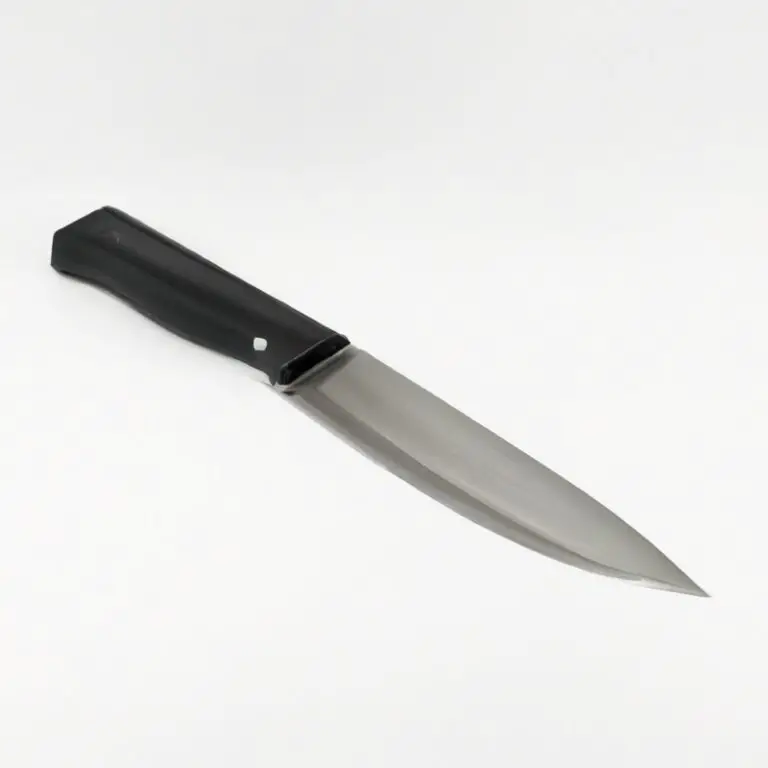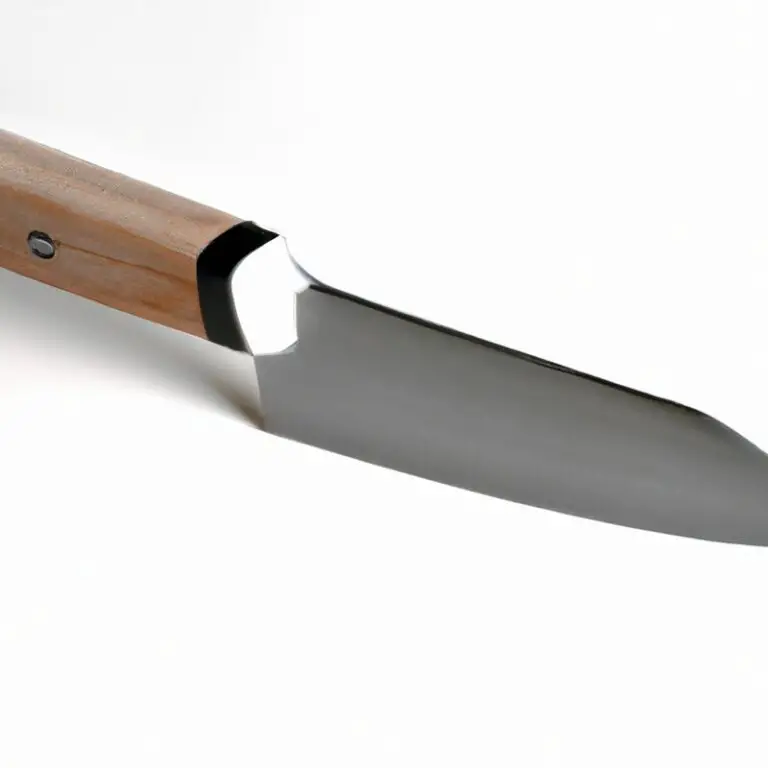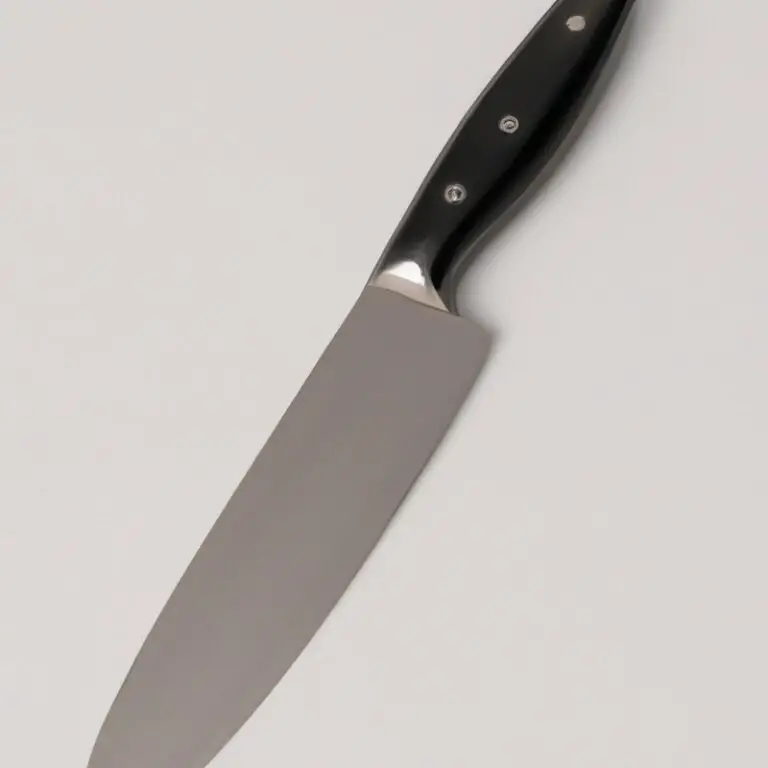How To Fillet a Whiting Using a Fillet Knife Like a Pro?
Key Takeaways:
- A fillet knife is essential for filleting a whiting fish accurately and seamlessly.
- Proper handling of the whiting fish and the fillet knife is crucial to prevent accidents and injuries.
- The filleting process involves removing the skin, bones, and other unwanted parts to produce a clean and boneless fillet.
- Practice and patience are key to mastering the art of filleting a whiting fish using a fillet knife.
Are you a seafood lover looking to sharpen your kitchen skills? Filleting a fish can be intimidating, but with the right tools and techniques, it can be a breeze.
In this article, I’ll take you through everything you need to know to fillet a whiting fish with ease using a fillet knife.
From selecting the right knife to cleaning and preparing the fish, I’ll guide you through a step-by-step process to ensure a clean and perfect fillet every time. Plus, I’ll share some delicious recipes to try with your freshly filleted whiting fish.
Let’s get started!
| Steps | Description |
| 1. | Prepare the whiting: remove the scales, gut the fish, and wash it with cold water. |
| 2. | Cut off the head behind the gills and discard it. |
| 3. | Place the fish flat on the cutting board and insert the fillet knife behind the pectoral fin. |
| 4. | Cut along the spine from the top of the fish towards the tail, freeing the fillet from the bones. |
| 5. | Flip the fish over and repeat the process on the other side. |
| 6. | Remove the skin from each fillet using the same fillet knife. |
| 7. | Trim any remaining bones or dark meat from the fillets. |
Preparing to fillet – Gathering Tools and Equipment
Before you begin the process of filleting a whiting fish, it’s essential to gather the proper tools and equipment. You’ll need a fillet knife, cutting board, and a clean cloth or paper towels.
Choose a sharp fillet knife with a flexible, thin blade to make precise cuts and fillet the fish with ease.
A dull or thick blade can lead to uneven cuts and damage the flesh of the fish. Make sure to have a stable and secure cutting board to avoid any accidents and keep the fish in place while you’re filleting it.
Also, keep a clean cloth or paper towels handy to wipe away any excess moisture or scales from the fish while you’re working.
Having the right tools and equipment before starting the fillet process can make the entire experience more efficient and enjoyable.
Identifying key parts of a whiting fish
The whiting fish is easy to fillet, but you need to be familiar with the key parts before starting. The head of the whiting contains a lot of bones, so it needs to be removed before filleting.
The belly of the fish has a thin layer of bones that should be removed as well.
The fillet of the whiting fish has a distinct shape, with a pointed end and a thicker end. Make sure to follow the natural curve of the fish when filleting.
By identifying these key parts, you will be able to fillet a whiting fish with ease and get the most out of each fillet.
Cleaning the fish before filleting
Before filleting a whiting fish, it is important to clean it properly to ensure a safe and delicious end result. Start by rinsing the fish under cold running water to remove any excess dirt and blood.
Use a fish scaler or the back of a knife to scrape away the scales, working from the tail towards the head.
Next, use a sharp knife to make a shallow cut along the belly of the fish from the head to the tail. Pull out the guts and discard them.
Rinse the cavity of the fish with cold water.
Finally, cut off the head and tail of the fish and discard them before beginning the filleting process. By taking the time to properly clean your whiting fish before filleting, you’ll ensure a better-tasting, safer final product.
Knife Selection – Choosing the best fillet knife for the job
Choosing the right fillet knife for the job is crucial to achieving a clean and precise cut. A good fillet knife should be sharp, flexible, and have a long narrow blade.
The blade should also be made of high-quality stainless steel to prevent rusting.
Fillet knives come in various sizes and materials, and it’s important to choose one that fits your hand comfortably. A 6-8 inch blade is recommended for whiting fish.
The handle should also be comfortable, slip-resistant, and provide a good grip even when wet.
When choosing a fillet knife, consider your level of experience and the type of fish you will be filleting. If you’re a beginner, a flexible blade might be easier to handle and maneuver compared to a stiff bladed knife.
Investing in a good quality fillet knife can make your filleting process easier and more efficient.
Taking good care of your fillet knife such as keeping it dry and sharpening it regularly can also increase its lifespan.
Starting the fillet process – Cutting the head and tail
To begin filleting a whiting, start by cutting off the head, just behind the gills. Then, make a cut through the fish’s skin behind the pectoral fin, down to the backbone.
Angle the knife slightly towards the fish’s head and continue cutting down until you reach the backbone, then lift the fillet with your free hand.
Next, cut through the fish’s skin along the backbone towards the tail. Repeat this process on the other side of the fish.
To remove the tail, simply cut it off where the fish’s body ends.
Remember to use caution when handling the knife and to keep your fingers out of harm’s way.
Removing the bones and skin – Step-by-Step Guide
Removing the bones and skin from your whiting fillet requires precision and practice. Here’s a step-by-step guide to help you accomplish this:
- Place the whiting fillet skin-side down on a flat surface, with the tail facing away from you.
- Make a small cut at the base of the fillet near the tail and slide your knife in between the bones and the flesh at a shallow angle.
- Slowly and carefully, cut along the length of the fish, keeping your knife as close to the bones as possible without cutting through them.
- Once you’ve reached near the end of the fillet, carefully lift and separate it from the rest of the fish, removing any remaining bones or skin.
- Repeat the same process for the other side of the fish.
This process requires patience and time to master, but with consistent practice, you can become an expert at filleting a whiting using a fillet knife.
Filleting the other side of the whiting fish
To fillet the other side of the whiting fish, repeat the same process used on the first side of the fish. Make sure to angle your knife along the spine to remove the fillet from the bones.
It’s essential to take your time and keep the blade close to the bones to maximize meat yield.
Once the fillet is removed, clean up any remaining bones or skin. A clean fillet ensures a tasty and aesthetically pleasing dish.
Remember to use a sharp fillet knife to make the process smoother.
Ensuring a clean fillet – Trimming any remaining parts
Once you have removed the skin and bones, it is important to ensure that your whiting fillet is clean and free from any remaining parts. To do this, hold the fillet against the light and inspect it carefully.
Look for any remaining scales, bones, or bloodlines that need to be removed.
Using a sharp fillet knife, trim away any visible bloodlines and dark flesh from the fillet’s underside. You can use kitchen scissors to remove smaller bones or bony structures.
Make sure to cut away any remaining bones, fins, and meat that look less fresh and could ruin the taste of your dish.
Trimming the edges of your whiting fillet will also guarantee an even and polished finish, suitable for presentation. Ensure your cuts are firm but precise to get the best results.
Once you’ve trimmed your whiting fillet, pat it dry with a clean paper towel, and your fish is ready to be cooked!
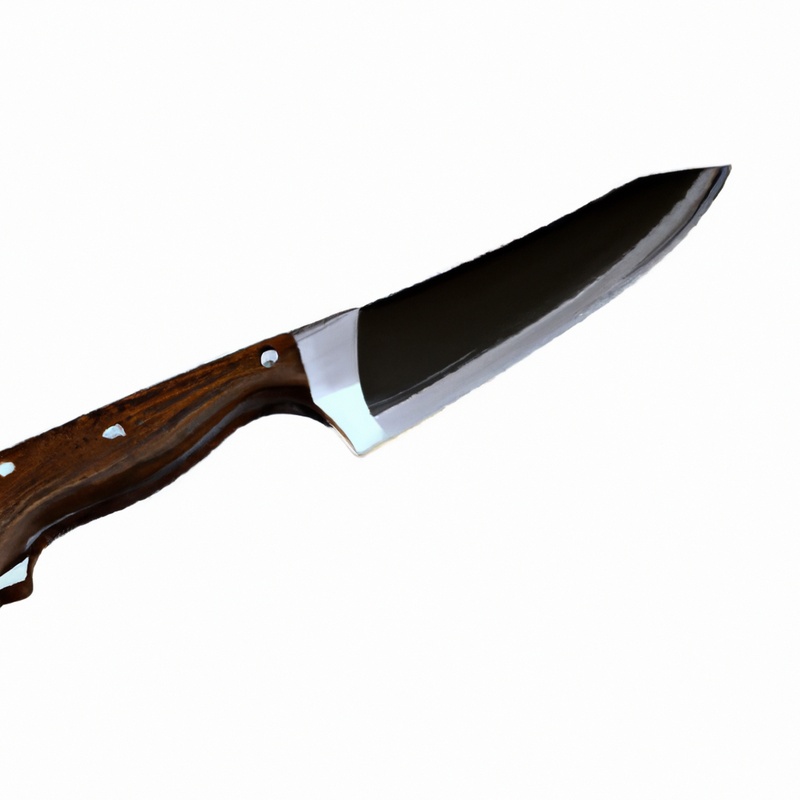
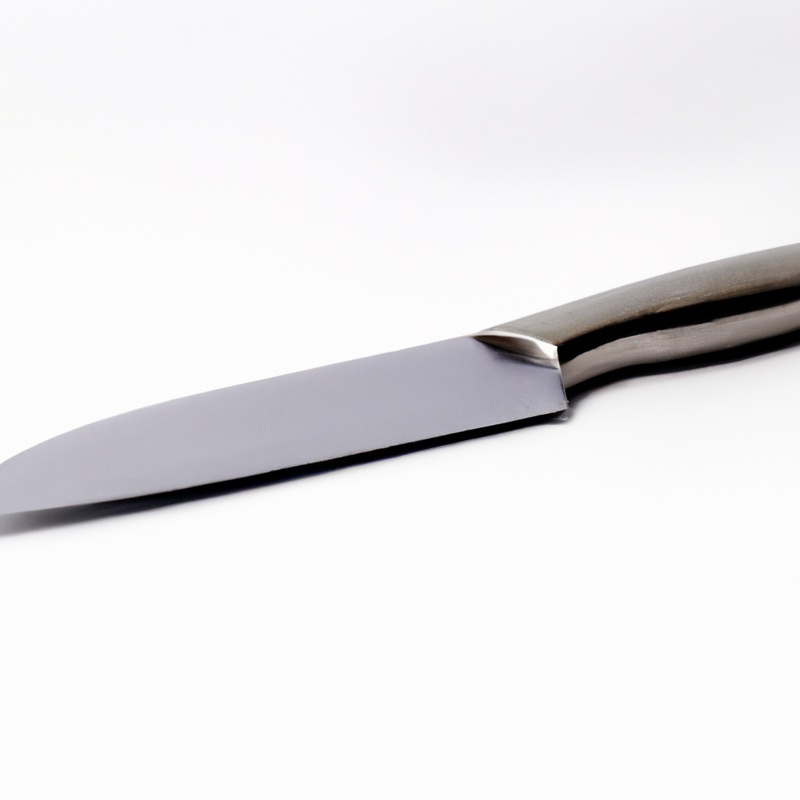
Properly storing your filleted whiting fish
After filleting your whiting fish, it’s important to store it properly to maintain its freshness. One of the best ways to store your filleted whiting is by placing it in an airtight container or a plastic bag and keeping it in the refrigerator.
The fish should be consumed within two to three days.
If you want to prolong the storage time, you can freeze the fillets. Wrap each fillet in plastic wrap or freezer paper, and place them in a freezer-safe bag or container.
Make sure to label the package with the date so you’ll know when you froze it.
When you’re ready to use the frozen fillets, take them out of the freezer and thaw them overnight in the refrigerator. Avoid thawing them at room temperature as it can cause bacteria growth and spoil the fish.
In summary, proper storage of your filleted whiting fish is crucial to maintain its freshness and ensure its edibility.
Refrigerate it within two to three days or freeze it for longer storage. Remember to thaw frozen fillets in the refrigerator and avoid thawing them at room temperature.
Tips for perfecting your filleting technique
Here are some essential tips to perfecting your filleting technique:
- Use a sharp fillet knife – A dull knife can be dangerous and will make your filleting process more difficult.
- Find a clean and sturdy work surface – A clean and stable surface will make the process of filleting much easier.
- Follow the natural curves of the fish – Cutting at an angle instead of straight will make filleting easier and more efficient.
- Be patient and take your time – Rushing will increase the potential for accidents and may result in a poorly filleted fish.
- Practice – The more you practice your technique, the easier and more efficient you will become.
By following these tips, you can perfect your filleting technique and create clean and delicious fillets every time.
Easy recipes to try with fresh whiting fillets
Easy Recipes to Try with Fresh Whiting Fillets: Whiting fillets have a mild, sweet flavor that pairs well with a variety of seasonings and cooking methods. Here are a few easy recipes to try with fresh whiting fillets:
- Lemon Pepper Whiting: Season whiting fillets with lemon pepper seasoning and pan fry in butter until cooked through.
- Cilantro Lime Whiting Tacos: Marinate whiting fillets in a mixture of cilantro, lime juice, garlic, and olive oil. Grill or pan fry until cooked through and serve in tortillas with your favorite taco toppings.
- Baked Whiting with Herbs: Rub whiting fillets with a mixture of herbs like thyme, rosemary, and oregano. Place in a baking dish and bake at 375°F until cooked through.
- Whiting Piccata: Dredge whiting fillets in flour and pan fry in olive oil until golden brown. Remove from pan and add capers, lemon juice, and white wine to make a tangy sauce.
These easy recipes are just a few ways to enjoy fresh whiting fillets. Experiment with different flavor combinations and cooking methods to find your favorite way to prepare this tasty fish.
Final Verdict
In conclusion, filleting a whiting fish may seem like a daunting task, but with the right tools and technique, it can be a rewarding and enjoyable experience. Through our step-by-step guide, we have provided you with the knowledge and skills needed to fillet a whiting fish with ease.
Remember to always use a sharp fillet knife, clean the fish thoroughly, and follow each step carefully to ensure a clean and perfect fillet.
With practice, you will become an expert in no time! We hope that you have found our guide helpful and that you feel confident to fillet a whiting fish on your own. Our easy recipes are a great way to show off your newly acquired skills and impress your family and friends.
Trust in our expertise and be confident in your ability to fillet a whiting fish like a pro.
Happy filleting!

